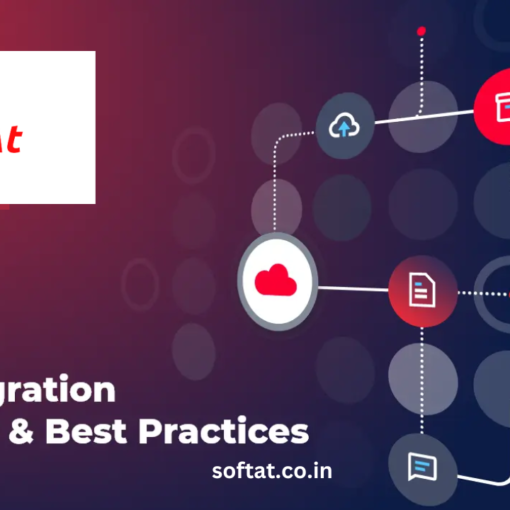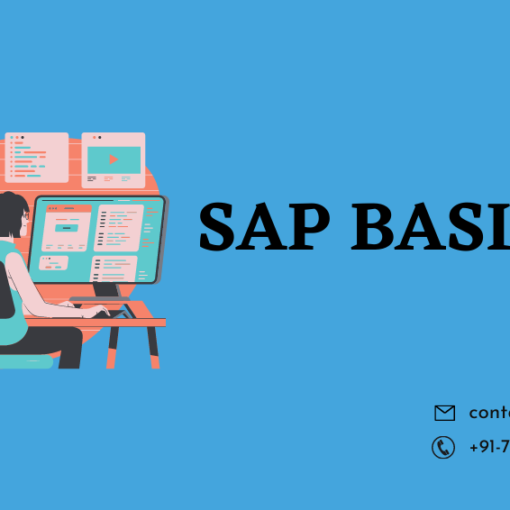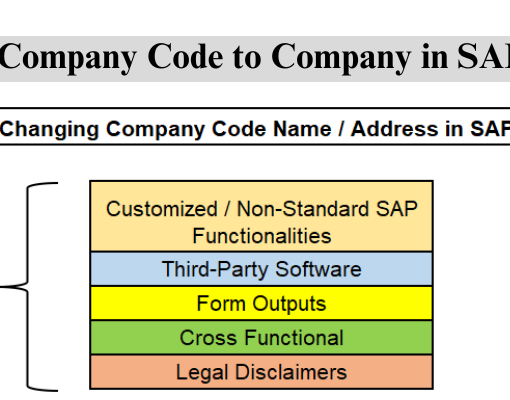In today’s data-driven business landscape, organizations are constantly seeking ways to gain deeper insights into their operations, make more informed decisions, and drive efficiency. Enterprise Resource Planning (ERP) systems have long been instrumental in managing core business processes, but now, the integration of ERP analytics is taking data-driven decision-making to the next level.
What is ERP Analytics?
ERP analytics, short for Enterprise Resource Planning analytics, refers to the process of collecting, processing, and analyzing data from an ERP system to derive valuable insights and support data-driven decision-making. ERP systems are designed to streamline various aspects of business operations, including finance, inventory management, human resources, and more. ERP analytics leverages the data generated and stored within these systems to provide a holistic view of an organization’s performance.
Key Components of ERP Analytics:
- Data Integration: The foundation of ERP analytics is data integration. It involves extracting data from various modules and sources within the ERP system, cleansing and transforming it into a format suitable for analysis.
- Data Warehousing: Often, ERP analytics utilizes data warehousing solutions to store and manage the integrated data. Data warehouses are designed for efficient querying and reporting, making it easier to analyze data.
- Analytics Tools: ERP analytics relies on various analytical tools and technologies, including Business Intelligence (BI) platforms, data visualization tools, and advanced analytics software. These tools help users explore data, generate reports, and create dashboards.
- Reporting: Reporting is a fundamental aspect of ERP analytics. It allows users to create customized reports and dashboards to visualize key performance indicators (KPIs) and monitor the health of their business processes.
Benefits of ERP Analytics:
- Enhanced Decision-Making: ERP analytics provides real-time insights into various aspects of an organization, enabling data-driven decision-making. Leaders can identify trends, patterns, and anomalies to make informed choices.
- Improved Operational Efficiency: By analyzing data from ERP systems, organizations can identify bottlenecks, optimize processes, and enhance efficiency across departments.
- Cost Reduction: ERP analytics can help in cost containment by identifying areas where expenses can be minimized or resources can be allocated more effectively.
- Strategic Planning: ERP analytics supports long-term strategic planning by providing data on market trends, customer behavior, and product performance, helping organizations adapt and evolve.
- Customer Insights: Analyzing customer data within an ERP system can lead to a better understanding of customer preferences and behaviors, enabling organizations to tailor their products and services.
- Regulatory Compliance: ERP analytics can assist in ensuring compliance with industry-specific regulations by providing accurate and auditable data.
Challenges and Considerations:
While ERP analytics offers numerous benefits, there are also challenges to consider:
- Data Quality: Ensuring the accuracy and quality of data is paramount. Garbage in, garbage out (GIGO) applies to analytics, so data cleansing and validation are crucial.
- Integration Complexity: Integrating data from various ERP modules and external sources can be complex and time-consuming.
- Security: Protecting sensitive data and complying with data privacy regulations is a significant concern in ERP analytics.
- Skills and Training: Users and analysts need proper training to harness the full potential of ERP analytics tools.
In Conclusion:
ERP analytics is a powerful tool for organizations seeking to harness the data generated by their ERP systems. By providing real-time insights, enhancing decision-making, and optimizing operations, ERP analytics is becoming an indispensable asset in today’s competitive business environment. As technology continues to advance, the role of ERP analytics is only set to grow, offering businesses new ways to drive growth and success.




